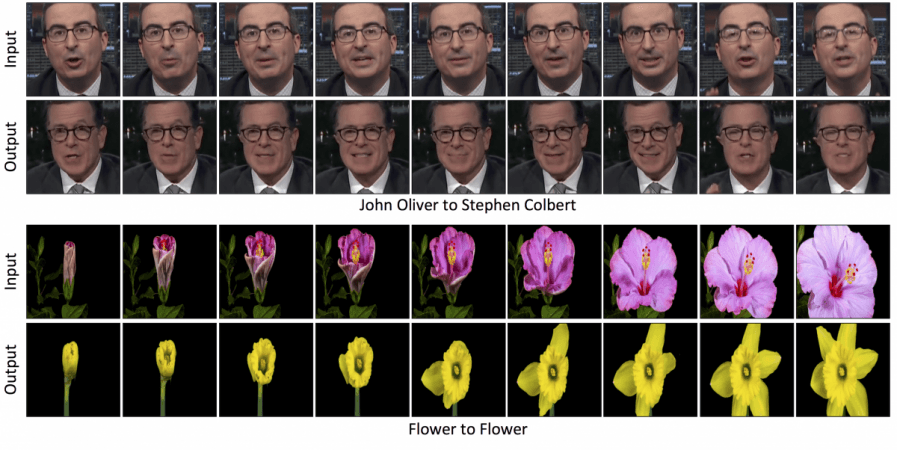Deepfakes is a rapidly evolving video manipulation technology that could intensify the spread of misinformation and fake news. Give it a positive spin and the nascent technology could be used to reach a wider audience during electoral campaigns. BJP, the ruling political party in India, chose the latter to connect with a wider voter base but that doesn't eliminate the imminent dangers associated with misuse of deepfakes in political campaigns.
Deepfakes started off as an application to swap faces in pornographic videos, but its potential was demonstrated in 2018, when Oscar-winning filmmaker Jordan Peele showed how a video of Barack Obama was manipulated to say things the former president of the US wouldn't have otherwise. The video was released in public interest, to warn people about trusting anything on the internet.
Now, evidence of first use of deepfakes in an Indian electoral campaign has emerged and no matter how harmless it seems, it is difficult to downplay what would happen if the technology is misused.

BJP uses deepfakes during Delhi elections
Video of BJP president Manoj Tiwari criticising Arvind Kejriwal-led Delhi government went viral on WhatsApp, reaching approximately 15 million people. In the different videos, Tiwari is seen speaking in English and in the Hindi dialect of Haryanvi.
"[Kejriwal] cheated us on the basis of promises. But now Delhi has a chance to change it all. Press the lotus button on February 8 to form the Modi-led government," Tiwari is heard saying in the video.
But there's just one problem. The video was manipulated using deepfakes technology. According to VICE report, detailing the use of deepfakes in BJP's political campaign during the recent elections, Delhi BJP IT Cell partnered with The Ideaz Factory - a political communications firm - to create "positive campaigns" using deepfakes.
"Deepfake technology has helped us scale campaign efforts like never before. The Haryanvi videos let us convincingly approach the target audience even if the candidate didn't speak the language of the voter," Neelkant Bakshi, co-incharge of social media and IT for BJP Delhi, told VICE.
"We used a 'lip-sync' deepfake algorithm and trained it with speeches of Manoj Tiwari to translate audio sounds into basic mouth shapes," Sagar Vishnoi, the chief strategist at The Ideaz Factory, told the magazine.
Here's the original video:
Deepfakes - a ticking time bomb
If you've looked at the videos, it is hard to identify them as fake, which is a problem. In India, videos with far less tech manipulation have ignited a storm of violence, which lead to more than 30 deaths in 2018. With the use of deepfakes, videos appear more authentic than ever and could add to the nuisance of fake news problem in the country.
As India continues its struggle against fake news, the country is not equipped to tackle misuse of deepfakes. Firstly, there are no reliable tools available widely to identify deepfakes. The founder of AltNews, an Indian fact-checking website, Pratik Sinha expressed his deep concern over the videos of Tiwari.

"This is dangerous. It's the first time I've seen something like this emerge in India. "Deepfakes are going to be a supercharger on the kind of misinformation we have," Sinha said.
Deepfakes could be a major disaster waiting to happen when fallen into the wrong hands. It could start religious tensions leading to violence. People should be more vigilant than ever, and only trust information coming from trusted sources. At the International Business Times, we have a dedicated section for "Fact Check" pieces, where we try to address the nuisance of fake news problem in our society.
















